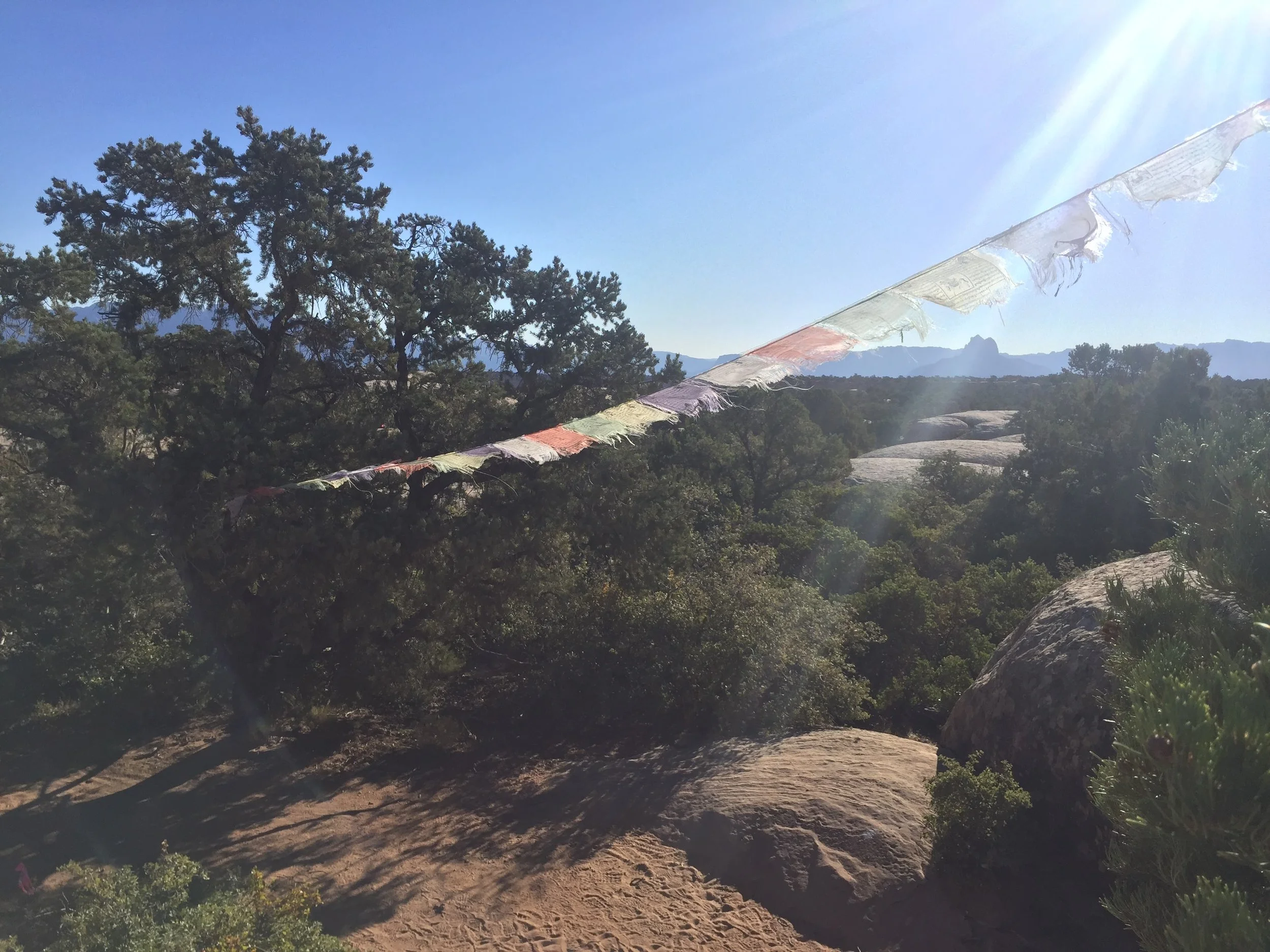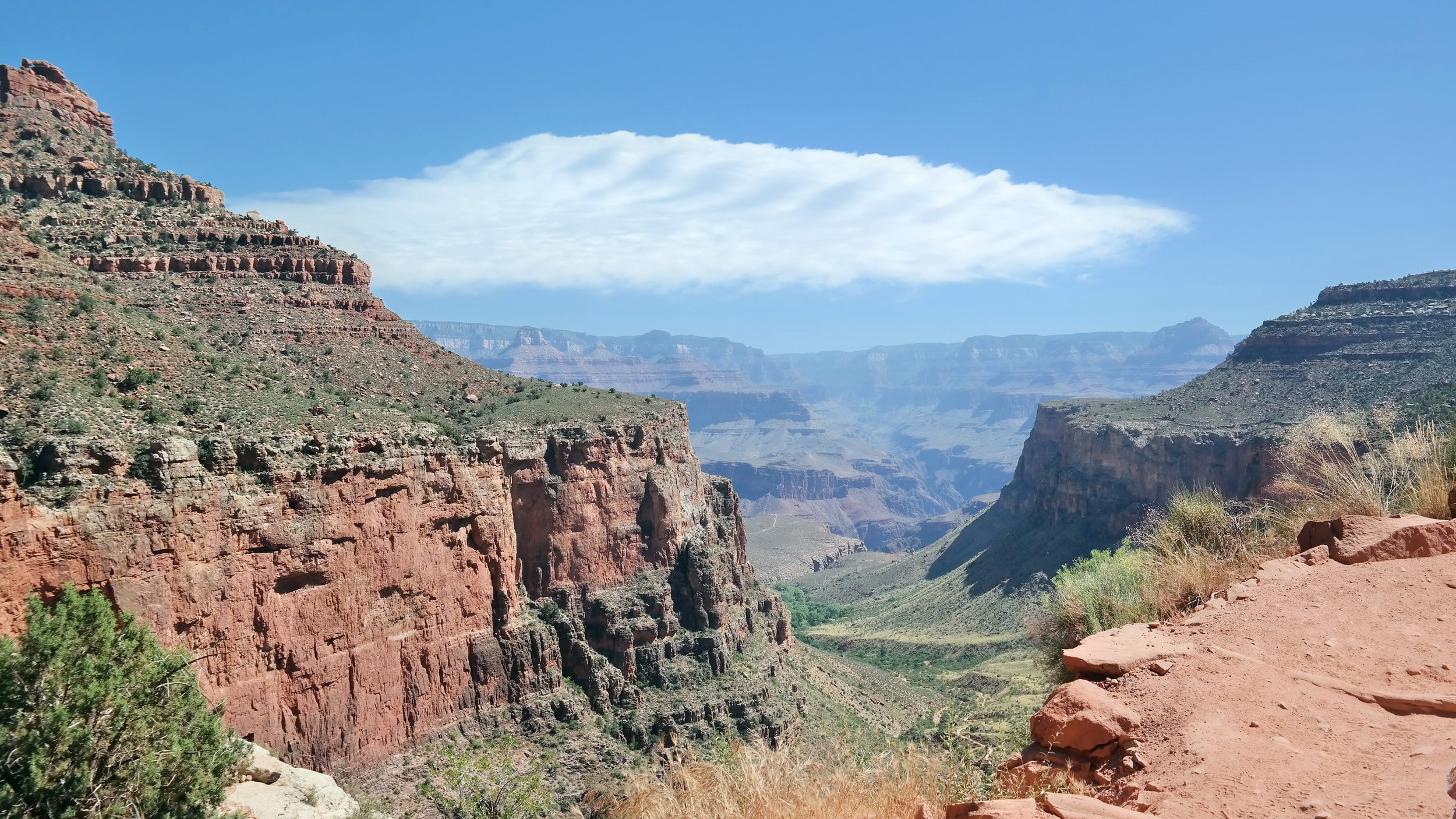Screeeeeeee!
I sit bolt upright in the tent.
What was that?
“Sounds like a hog,” Taylor says. The unnatural squealing echoes again in the distance followed by deeper, guttural grunts.
“Oh. Ok.” Just pigs. No big deal. They sound far away anyways. Totally harmless.
It was New Year’s Eve 2015 and we were visiting Lost Maples State Natural Area for the first time. This was our first solo camping trip as a couple - my first hike-in camping experience - and both of us were excited to celebrate the new year under the stars. Unfortunately, the cold weather and lack of fire (no fires allowed in hike-in campsites at Lost Maples) had led to us crawling into our tent as soon as darkness fell.
I lie back down, grab my kindle, and try to rig it so I can read with as little of my body exposed as possible. It’s 20-ish degrees, I’m freezing, and just generally not having a fantastic time. My feet, wrapped in two pairs of thick wool socks, still feel frozen.
It’s the first of what is supposed to be three nights camping, and I’m seriously lacking the commitment that I’ll need to make it through the next two nights. I’m going over all the reasons why we should leave tomorrow and weighing which ones would convince Taylor to end our trip early. I land on the fact that the dog – our Catahoula Pitbull mix named Coca – looks like she’s having an even less fun time than I am. She’s shivering despite being wedged between us with several blankets. Clearly, she’s missing her warm couch and wondering why we’ve decided to punish her this way.
I’m finally starting to feel sleepy and thinking if I try really hard maybe I can fall asleep despite the cold. I close my eyes. Several moments later I hear a twig snap outside. I can feel Coca and Taylor move next to me.
Snort Snort Snort, Craaaaaack, Rustle Rustle, Snort Snort!
These new noises are mere feet from the tent. Screeeeeeee! goes the hog in the distance.
Something nudges the tent by our feet. We both sit bolt upright. Another twig cracks from the opposite side of the tent, followed by several more snorts and grunts. Our tent is surrounded by wild hogs.
One of us turns our headlamp on, hoping it won’t spur the hogs into a wild tent-attacking frenzy. We urgently begin whispering, hatching a plan.
How do you handle hogs? Can you scare them away? Or will they attack?
No idea.
Shit. Why are they so close to the tent?
Umm. We have food in the tent.
Oh yeah. Oops.
Shit.
Yeah.
We had naively thought that there was nothing in the area that would be drawn to our meager food rations, most of which was pre-packaged and in Ziploc bags. Maybe a possum or a raccoon, but nothing that would cause us a real issue. Not several huge hogs with razor sharp tusks (ok maybe my imagination was running away from me). We now found ourselves eye level with who knows how many wild hogs, with only a thin layer of nylon tent between us and them.
After what feels like an eternity sitting in silence waiting, we realize our late-night guests are not in a rush to leave. Our ferocious hog hunting dog is literally shaking from cold and/or fear between the two of us. She hasn’t made a move. We’re thankful for this, since we’re not sure if hogs would be scared or react defensively to a dog’s bark from inside a tent. After what seems like an eternity, we take a chance and decide to try to scare them away by making a bunch of noise. I wait for a razor-sharp tusk to tear its way through our tent wall, but thankfully that doesn’t happen. We hear them walk away and after a few minutes, the coast seems to be clear. Taylor carefully gets out of the tent and ties our food up in a nearby tree.
We had a fitful night’s sleep. I kept waking up because my feet were so cold. The dog was shivering. In the morning, we packed up camp. We enjoyed the park for the rest of the day and then headed home to sleep in our warm bed.
This wasn’t what I would call my favorite camping trip, but I learned several valuable lessons. Some of these may seem like common sense, but if you’re new to camping you may not even think about these.
Lost Maples gets its name from the many maple trees, making Autumn an amazing time to visit. Check out their Instagram for some really beautiful photos of the fall foliage.
Lesson 1: Proper Food Storage and Handling
For people who camp or hike on a regular basis, not keeping food in your tent is a no brainer. As a newbie to camping, I didn’t even think about it. Our close encounter with the hogs ensured that I’ll never do that again, especially when hike-in or backcountry camping where there are likely to be animals outside of possums and raccoons.
Using proper food storage and/or hanging your food from a tree overnight or anytime you leave it unaccompanied is key. This also extends to other smelly items you might be carrying, like toothpaste or sunscreen. You’ll also want to dump any water used for cooking or washing dishes at least 200 feet away from your campsite.
If you’re car camping in a place without bears, a cooler works as a great storage container, but raccoons and possums can still easily open them. Put something heavy on the lid or keep it in the car overnight.
If you’re hike-in or backcountry camping, you can use a bear bag or canister or an odor-proof bag like OPSAK bags. Use a rope to hang your food from a tree. You can tie a rock or other heavy item to the end of the rope to help you throw it over a high limb. Once over, attach your food bag and hoist it into the air. You want it high enough and far enough away from the tree trunk that animals can’t reach it (think about a bear on its hind legs!). Tie the rest of the rope around the tree trunk to secure it.
Always check online to see if the place you’re visiting has special rules around food storage.
The pigs outside of our tent probably looked a lot like this one. Not as scary as I imagined!
Lesson 2: Know the local wildlife and how to handle an encounter
Aside from knowing how to protect your food from the local wildlife, you should also be knowledgeable on how best to handle a direct encounter. Upon arrival at the park, Taylor asked the ranger if there were any wildlife we should be aware of. There was no mention of hogs. Despite this, we should have been prepared and known how to react.
We were lucky that our animal encounter was not actually super dangerous. I looked it up after the trip, and feral hogs of this kind prefer to avoid humans and generally don't attack unless cornered or protecting their young. All the same, if you come across them, it's best to keep your distance.
Lesson 3: Weather ratings for gear are a thing, and they matter
Ok, so 20 degrees Fahrenheit isn’t that cold, but it’s rare for it to get that cold in this area of Texas. Not only do I hate the cold, but I also didn’t have the right equipment to be comfortable in that temperature. Turns out, my bag was a summer season bag and was only rated for 35 degrees and higher. This is normally a perfect bag for camping in Texas, but the cold took us by surprise.
I also learned the value of checking average lows and highs before I plan a trip, as well as checking forecasts a week out so I can be sure to pack the right gear.
Lesson 4: Don't Expect Perfection
Had I let this experience color my entire outlook on camping, I would not have been eager to plan my next trip. I took this for what it was - poor planning - and learned from the experience. Part of the fun is learning along the way. If you head out on your first camping trip and have a less than ideal time, try again. Take what you learned and put that knowledge towards making your next trip better.
Summary:
- Learn proper food handling and storage to avoid having animals enter your camp and attempt to get into your food stores.
- Research the local wildlife and how best to safely manage a direct encounter.
- Check the weather before you go and make sure your gear is rated for the conditions you might encounter.
- Not every trip will go perfectly, and that's ok. Take what you learn and apply it to your next trip.







